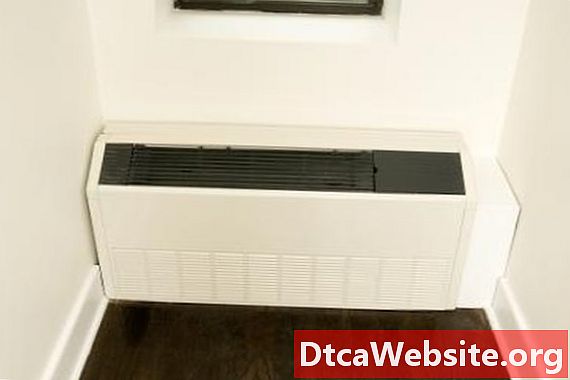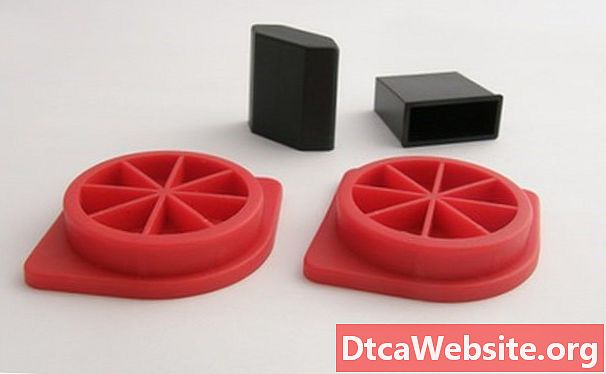
Contenu

Plastic radiators are built of durable plastics meant to last for many years. Still, they can only take so much pressure before they crack. A leaky metal radiator means a trip to a professional mechanic who can seal the leak with a welding rig. If the damage is too severe, a replacement radiator is necessary. You can repair plastic radiators yourself if the damage is not extensive. Use a few simple techniques and plastic solvent cement to repair a plastic radiator leak at a fraction of the repair or replacement cost.
Step 1

Remove the radiator from its housing. The radiator is normally bolted or screwed onto a frame. After removal, fill the plastic radiator with the appropriate solution (water, etc) to determine where the leak is coming from. This is the hardest step and requires patience. Often, dripping water from a leak does not come directly from the source. It will start in one place and follow the contours of the radiator, and the drip actually appears at another location. Use a magnifying glass to find the source of the leak. Use a grease pencil to mark the leak’s location, avoiding having to locate it again when proceeding to the following steps.
Step 2

Drain the radiator completely. This step is critical because solvent cements will not work if there is any moisture in the area being repaired. Let the radiator dry for at least 48 hours before proceeding to the next step.
Step 3
Fill the squeeze bottle applicator to the halfway point with acrylic solvent cement. Use a small sewing needle to scrape the edges of the hole or crack causing the leak. Often, water and other liquids used in radiators can form a buildup of chemical or mineral sludge that will reduce the acrylic solvent cement’s ability to seal the leak. Solvent cements fuse the plastic together and require a clean working surface. Otherwise the bond will not hold.
Step 4
Squeeze the applicator bottle with the thumb and index finger until the solvent’s level is near the top of the bottle. Slightly release the pressure and a vacuum is formed that will keep the cement from dripping when the bottle in tilted. Apply a thin bead of acrylic solvent cement to the affected area. This melts the damaged plastic together.
Step 5
Apply a small patch of acrylic gap-filling solvent cement to the hole or crack treated in Step 4. Gap-filling solvent cement is similar to acrylic solvent cement, except that it is thicker, which allows it to bond and seal small holes and cracks. Allow 24 hours drying time.
Step 6
Examine the area repaired with a magnifying glass to determine whether or not the hole or crack has been thoroughly sealed. Apply additional acrylic gap filling cement if needed. Allow another 24 hours drying time.
Fill the radiator with the appropriate liquid and check for any leaks. If there are no leaks, mount the radiator back in place and the project is complete. If there is leaking, repeat the necessary steps and test the radiator again.
Items you will need
- Grease pencil
- Magnifying glass
- Acrylic solvent cement
- Squeeze bottle applicator
- Small sewing needle
- Acrylic gap-filling cement
- Rags
- Eclectic glue (optional)


